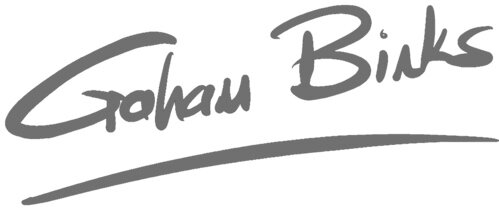Have you really solved the problem?
/Your customer is paying you to get something done for them. If your product is hard to use, you haven't solved their problem.
Go back and try again.
I once shipped a feature that relied in part on a spreadsheet for data input. It's not an uncommon shortcut when you a dev team is pressed for time. The user had to fill out several columns of data before they could start using the new code and it was plain sailing from there on. Problem is that we had run out of time so we didn't give the user any information about how to do this. The support team handled a lot of calls that week, all could have been avoided by decent usability or a little documentation.
Not quite up there with exploding smartphones for the worst user experience of all time, but I only let that happen once. Ever since, something like this has been a stop ship.
We all have our favourite usability gripes, frustrations we face when trying to use a product or service to solve a problem or get something done:
Cash machine (why do they always ask me which account to deposit to when I only have a chequing account?)
Any tv remote
Any photocopier
Most call centres
Supply your own examples - it's a parlour game.
Poor usability is a waste of your customer's goodwill, a drain on your support team, and a frustration for both. Everyone wins when we make poor product design a stop ship issue.
Grade your user experience
Think of a few times you have shipped a new product or service. Grade each time on this scale:
A - Your user can do what they need to do without training–it's intuitive. B - Training is required, it's easily accessible and as clear as possible. C - Hard to figure out, the user must call or email you before they can start. D - Impossible to figure out; the user needs to hire a consultant to set it up. E - They need help but they can't get through to you.
To make this exercise doubly effective, have an objective, independent party ask your customers to grade you.
If you consistently score As and Bs, your customers must be happy and your help line won't be spending their time dealing with bad product design. If you gave yourself Cs and Ds, better product design will increase customer satisfaction and the efficiency (profit) of your business.
Trusting Technology is a book about forming ideas, exploring opportunities with customers and colleagues, and building your future together. Order you copy here . This article is also available in hardcopy as part of my 10-minute Reflections series of exercises—order volume 1 here and volume 2 here.

